Yes you can, but your unstable joints may cause a fall and you may have fractures around the knees and the hips because of osteoporotic bones.
Regular consumption of analgesics and anti-inflammatory drugs may damage your kidneys and cause ulcers in your stomach.
Total Knee Replacement
Who needs a Total Knee Replacement?
TotalKneeReplacementsurgeryisanelectiveprocedureYourdoctorhasmorethan likely treated your condition with physiotherapy, pain medicines, anti-inflammatory drugs and injections in the knee You may have also had minor surgeries of your joint in the past.
You would be considered for total knee replacement if:
you have daily pain
your pain is severe enough to restrict not only work and recreationsbut also the ordinary activities of daily living
you have significant stiffness of your knee you have significant instability (constant giving way) of your knee
you have significant deformity (knock knees or bow legs) causingpain and inability to walk
You and your doctor are probably the best judge of when you will finally need total knee replacement surgery.
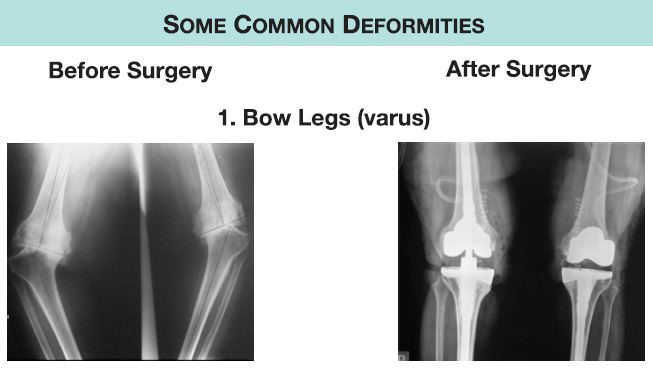
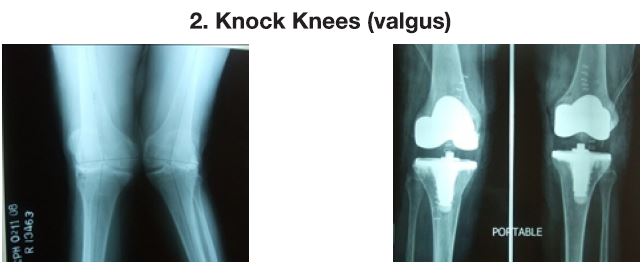
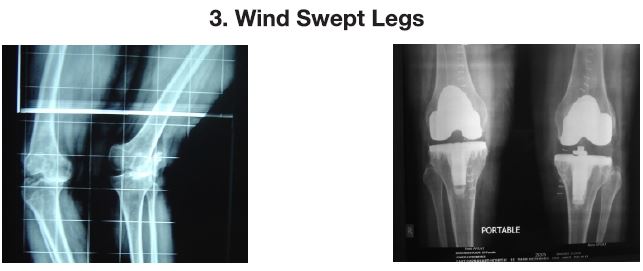
What are the types of Total Knee Replacement?
Conventional Total Knee implant allows a person to have good range of motion of knee however now High Flex Knees and Unicondylar Knees are also available High Flex Knee gives full flexion to the patient thereby allowing sitting on the floor. Unicondylar Knees also known as half joint replacement are indicated for very early arthritis and when only one half of the joint is involved You and your surgeon can discuss the most suitable implant for yourself.
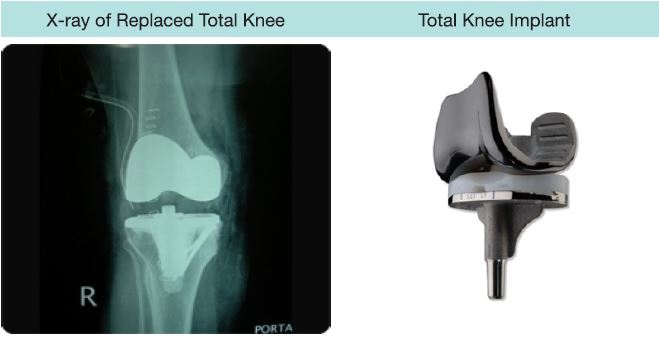
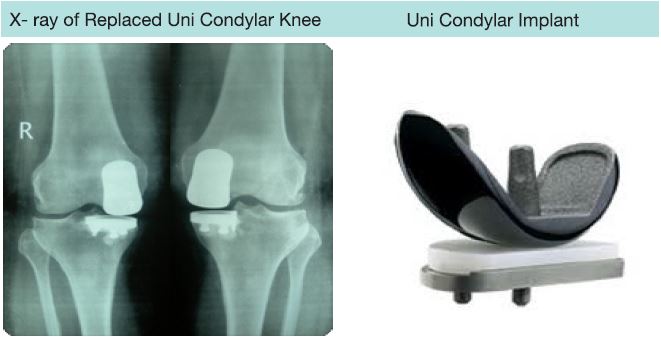
What is a Total Knee Replacement?
Total Knee Replacement is an operation in which we do not remove the whole joint, only the damaged surface of thigh bone (femur) and shinbone (tibia) are shaved off. Often, underside of the kneecap (patella) isalso removed and these surfaces are replaced with artificial parts. The new joint consists of a metal shell on the end of the femur, a metal platecovered with a plastic trough on the tibia, and if needed, a plastic button on the kneecap. It is an operation where one just resurfaces thedamaged knee joint, as is done in capping a damaged tooth.
